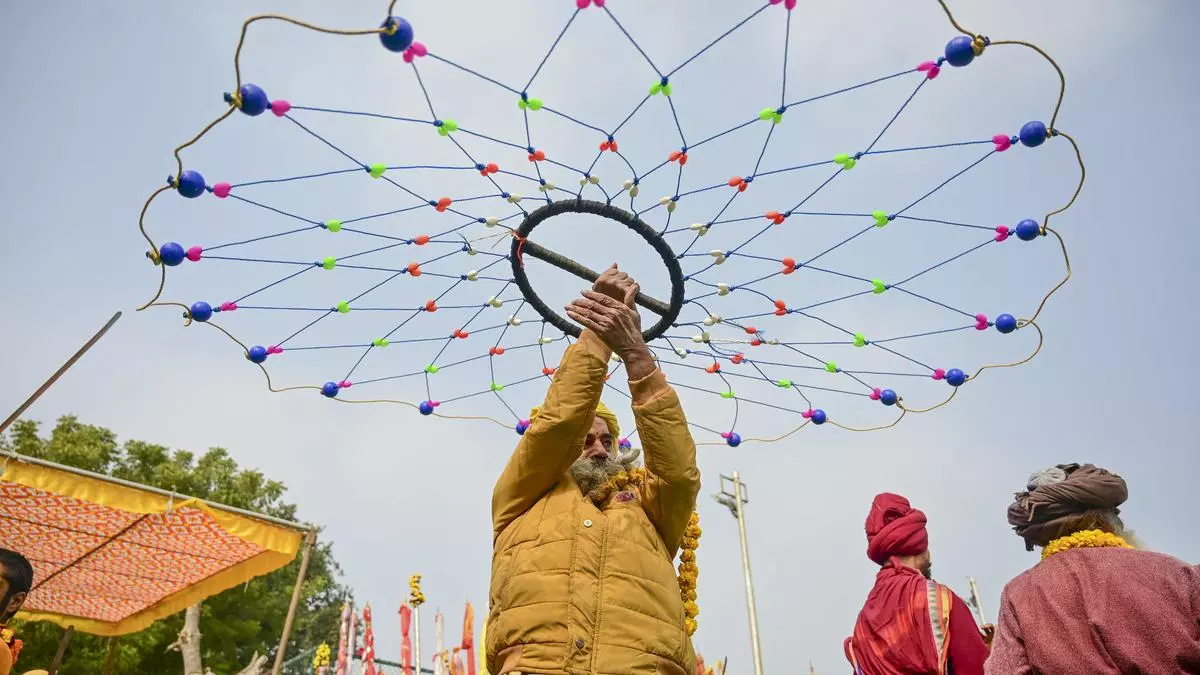When Shaktikanta Das assumed office as the Governor of the Reserve Bank of India (RBI) in December 2018, scepticism and curiosity followed. A seasoned bureaucrat with a long stintat the Ministry of Finance, Das was perceived by some as a safe choice given the friction that prevailed then between the RBI and the government.
His predecessor, Urjit Patel, had resigned amid controversies over RBI reserves and its regulatory independence, heightening public scrutiny on the new Governor’s approach.
In the years since, Das has not only quelled many of these apprehensions but has also emerged as a pragmatic reformer. His tenure is characterised by a mix of crisis management, modernisation initiatives, and policy reforms that have helped stabilise and strengthen India’s financial system.
Key Reforms
(i) Tackling the NBFC liquidity crisis: Das took office during a challenging time marked by the IL&FS crisis, which had triggered a liquidity crunch in the non-banking financial company (NBFC) sector.
To address this, the RBI under Das introduced targeted long-term repo operations (TLTROs), aimed at channeling liquidity to NBFCs and other critical sectors, thereby averting a systemic collapse.
(ii) Covid-19 response: Monetary Easing and Support: The onset of the Covid-19 pandemic brought unprecedented economic challenges. Das led the RBI in deploying aggressive measures, including significant interest rate cuts, a six-month loan moratorium for borrowers, and targeted liquidity infusion programmes.
These actions mitigated economic distress and provided much-needed relief to businesses and individuals.
(iii) Central Bank Digital Currency (CBDC): Das’s tenure has also been marked by a forward-looking approach to digital innovation. The RBI launched a pilot for the digital rupee, signalling India’s entry into the era of central bank digital currencies. This initiative is poised to modernise India’s payment systems and enhance financial inclusion.
(iv) Strengthened oversight of cooperative banks: Following high-profile banking failures like the PMC Bank fraud, the RBI tightened its supervisory framework for cooperative banks. These institutions were brought under stricter regulatory oversight, enhancing depositor protection and financial stability.
(v) Inflation targeting and monetary policy discipline: Das maintained inflation targeting as the cornerstone of monetary policy. His focus on price stability helped anchor inflation expectations and contributed to a stable macroeconomic environment, even during periods of global volatility.
(vi) Prompt corrective action framework: The revision of the Prompt Corrective Action (PCA) framework during his tenure has strengthened early intervention in distressed banks. This proactive approach has improved asset quality and ensured greater resilience in the banking system.
(vii) Financial inclusion and digital payments: Under Das’s leadership, the RBI has pushed for greater financial inclusion, encouraging digital payment adoption through platforms like UPI. These efforts have widened access to banking services, particularly in rural and underserved areas.
In recent months, the relationship between the RBI and the government has seen its share of back-and-forth debates. Key points of contention have revolved around the RBI’s inflation-targeting framework and its cautious stance on growth-focused measures amidst rising fiscal pressures.
The government has sought more accommodative policies to spur economic growth, while Das has emphasised the importance of anchoring inflation expectations and maintaining macroeconomic stability.
The issue of surplus reserve transfers has also resurfaced, with the government seeking additional funds from the RBI to address fiscal gaps. Das has maintained a cautious approach, ensuring that the central bank’s balance sheet remains robust to safeguard financial stability. This delicate tug-of-war highlights the complexities of managing the RBI’s autonomy in a challenging economic and political environment.
Balancing Act
Das’s leadership has been a study in balance — navigating the tightrope between RBI’s independence and the need for constructive engagement with the government. While he has worked closely with the government on initiatives like credit support schemes and liquidity measures, he has also defended the central bank’s independence on key issues.
His handling of sensitive topics reflects a nuanced approach that prioritises both institutional integrity and national economic interests.
Das’s tenure as RBI Governor exemplifies adaptive leadership during tumultuous times. By addressing immediate challenges, such as the NBFC crisis and pandemic-induced economic shocks, and implementing forward-looking reforms, he has fortified India’s financial system against future uncertainties.
Despite recent tensions, his pragmatic, consultative style has ensured that the RBI remains both independent and collaborative — a critical balance in an evolving financial landscape.
Shaktikanta Das’ legacy will likely be defined by his ability to harmonise institutional independence with a vision for long-term financial stability and modernisation.
The writer is Professor of Finance at IMT Ghaziabad









Leave a Comment